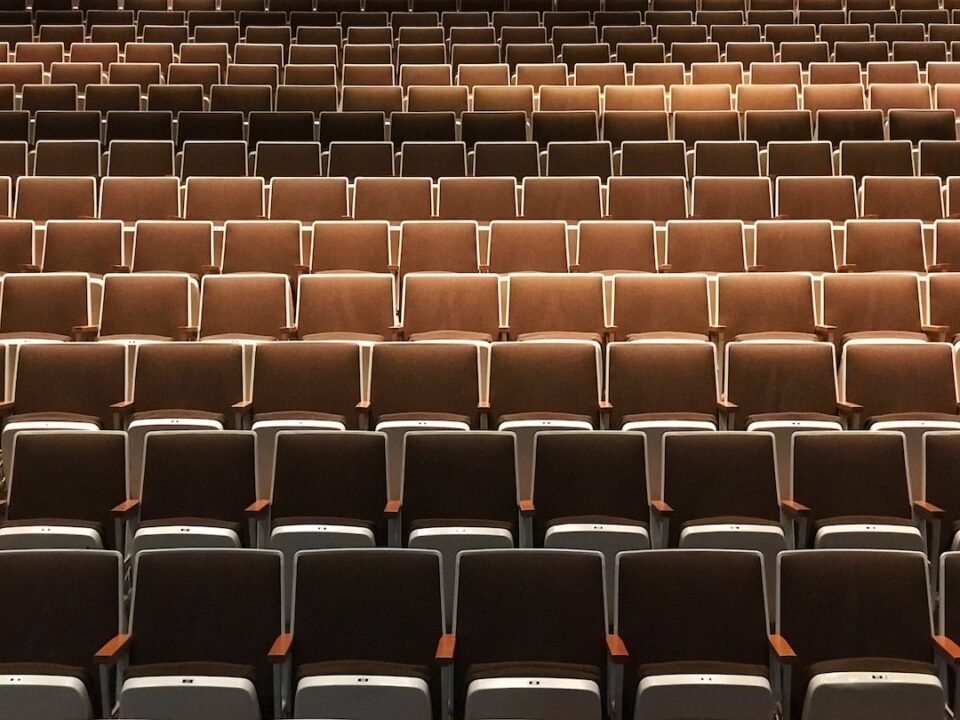Art therapy is a form of therapy that utilizes the creative process of making and interpreting art to enhance emotional well-being and promote self-expression. It has proved to be a valuable tool in healing, especially for those who struggle to express their emotions verbally. This blog post will delve into the role of art therapy in healing and self-expression, shedding light on the various ways it can positively impact individuals and contributing to their overall well-being.
One of the most significant contributions of art therapy is its ability to provide a safe and non-judgmental space for individuals to explore and process their emotions. Often, people find it challenging to articulate their innermost feelings, as words may feel limiting or overwhelming. Through art-making, individuals can externalize their emotions, creating visual representations that can be easily communicated and understood. This process bypasses language barriers, making room for a deeper understanding of one’s emotional landscape.
Moreover, art therapy can serve as a powerful tool for self-discovery and self-expression. Creating art allows individuals to tap into their subconscious mind, unveiling hidden thoughts and emotions that may have been suppressed. This process can be immensely healing, as it enables individuals to confront and process unresolved issues. By engaging in the creative process, individuals can gain insight into themselves, their experiences, and their relationships, ultimately leading to personal growth and development.
The act of creating art also serves as a cathartic outlet for emotional release. Often, individuals may find it challenging to express their emotions openly due to societal expectations or personal inhibitions. However, art therapy offers a safe and non-threatening avenue for emotional purging. The visual nature of art provides a tangible representation of one’s emotions, which can be liberating and validating. Through this process, individuals can release their emotions, relieving emotional tension and fostering a sense of emotional well-being.
In addition to emotional healing, art therapy has proven to be effective in promoting physical healing as well. Engaging in artistic activities has been shown to reduce stress levels, lower blood pressure, and enhance the immune system. The creative process of making art releases endorphins, also known as the “feel-good” hormones, which can improve one’s mood and overall sense of well-being. By engaging in art therapy, individuals can experience holistic healing – benefiting both their emotional and physical health.
Art therapy is particularly beneficial for individuals who have experienced trauma. Traumatic experiences can often be difficult to articulate or process verbally due to the profound impact they have on individuals’ psyches. Art therapy provides a safe and non-verbal space for trauma survivors to communicate their experiences, helping them regain a sense of control and empowerment over their narrative. Through the creative process, individuals can externalize their trauma, making it more manageable to confront and heal from.
Furthermore, art therapy serves as a medium for self-expression and empowerment. Engaging in the creative process allows individuals to express their unique perspectives, ideas, and experiences in a way that cannot be replicated by words alone. Art therapy encourages individuals to embrace their creativity, helping them realize their inherent value and potential. The act of creating art can boost self-esteem and foster a sense of accomplishment, leading to increased confidence and resilience.
Art therapy is an inclusive and versatile form of healing that can be adapted to suit individuals of all ages, backgrounds, and abilities. From children with developmental disorders to adults struggling with mental health issues, art therapy offers a universally accessible and effective platform for healing. It is a form of therapy that celebrates diversity and embraces the individual’s voice, promoting inclusivity and personal growth.
In conclusion, art therapy plays a vital role in healing and self-expression. It provides individuals with a safe and non-judgmental space to explore and process their emotions, fostering personal growth and self-discovery. Through art-making, individuals can externalize their emotions, release emotional tension, and gain insights into themselves and their experiences. Art therapy has a profound impact on both emotional and physical well-being, making it a valuable tool in therapeutic practice. As we continue to navigate the complexities of the human experience, art therapy offers a creative and transformative path to healing and self-expression.

